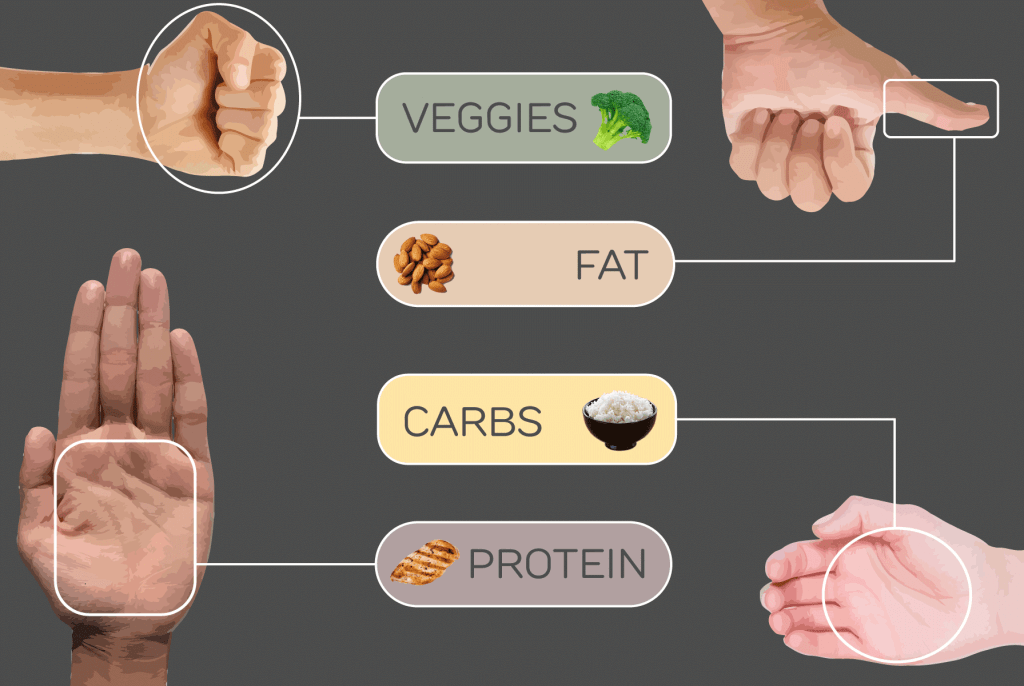The Basics about Protein
Human proteins contain 20 naturally occurring amino acids divided into two subclasses: nine essential amino acids that must come from food because the body can synthesize. Amino acids form the building blocks of many components in the body, including muscle protein, which is developed via the process of muscle protein synthesis. To build or maintain skeletal muscle mass, humans must eat enough protein to provide, adequate amino acids to support metabolic processes like muscle protein synthesis.
Not All Protein Is Created Equal
Dietary protein is either “complete” or “incomplete”. Complete proteins have all the essential amino acids needed for muscle protein synthesis, so it’s fine to consume these proteins by themselves. They typically come from animal and dairy sources.
Several vegetable based proteins are classified as incomplete, meaning they lack some essential amino acids and must be complemented with a second protein source to supply the ones that are missing. Getting all the essential amino acids needed for optimal muscle protein synthesis is called mutual supplementation. With a basic understanding of what protein is and why it’s important, lets shift our focus to protein supplements.
Whey: From Concentrate to Isolate.. Whats the Difference?
Protein Supplements range from dairy derived protein, like whey and casein, to vegetable based proteins such as soy and quinoa. Whey protein is a popular supplement these days, so we’ll start there before moving on to vegetable proteins.
WHEY BASICS
Milk has two key proteins: whey and casein. Whey is a complete protein that’s typically classified as either an isolate or a concentrate. Whey protein concentrate is more similar to the original milk protein form. Because whey protein concentrate has some lactose in the powder, it may cause gastric issues in those who are lactose intolerant.
Lactose intolerant people are better off using whey protein isolate because in this form the protein has been separated from the fat, cholesterol, and lactose, so the end product is purer protein. You may see the term hydrolyzed on protein supplement labels. This means the product has been broken into its component amino acids. There is no literature investigating whether hydrolyzed whey protein is any more effective than its non hydrolyzed counterparts.
Casein: The “Nighttime Protein”
Casein digests more slowly than other proteins, so it’s often recommended as the protein that is taken before bedtime or other longer periods of not eating. Casein raises blood levels of leucine concentrations, which are detected about 40 minutes after ingestion and last for approximately 7 hours. With Whey protein, in contrast, higher concentrations are seen after about 20 minutes and last for just 3-4 hours. Casein contains some lactose, so lactose intolerant clients should be informed.
Vegetarian Protein Options
Popular vegetarian or vegan protein options include soy, quinoa, pea, rice, amaranth, and hemp. The primary challenge is that soy, quinoa, and amaranth are the only vegetable sources of complete protein. Thats why blended plant proteins are commonly best options when supplementing with plant protein powders.
For example: a protein powder combining bean and rice proteins would satisfy all essential amino acid requirements and make a complete protein through mutual supplementation. A secondary consideration with vegetable proteins is assessing their amino acid levels to determine the right dosages needed per meal.
Leucine: the King of Amino Acids
Leucine is often called the “king of amino acids” because it is the essential amino acid engine that drives muscle protein synthesis, while the other 19 amino acids are the fuel. It has been well established that a meal must have a minimum amount of leucine to generate a meaningful rise in muscle protein synthesis.
This is where protein choice really comes into focus. For instance, a whey protein isolate has about 10.8% leucine, while a soy protein has significantly less typically around 6.2%. This can have a substantial impact on the quantity of protein you must consume during a meal. Given the higher caloric intake needed to elicit the muscle protein synthesis response, plant based proteins may not be the optimal choice for clients concerned with weight management. Also, protein intake must increase as people age, since older adults need higher doses of leucine.
Take Home Guidelines on Protein
One of the first questions some clients ask is whether too much protein is bad for you. The research indicates that high protein diets should not cause any harm to healthy people.
The next and perhaps chief factor to consider is how many grams of protein you need per day. Though this number varies by age and activity level, a recent study recommends a targeted protein dosage of up to 1.6g per kilogram of body weight per day for healthy resistance training women and men.
As for protein intake timing plays a minor role in determining resistance exercise induced gains in muscle. Resistance training alone is the most important and potent stimulus for developing optimal gains in muscle mass and strength. Thus you may not need supplements if you are eating enough protein through whole foods and putting in the appropriate time and effort with your training.




No Comments Found